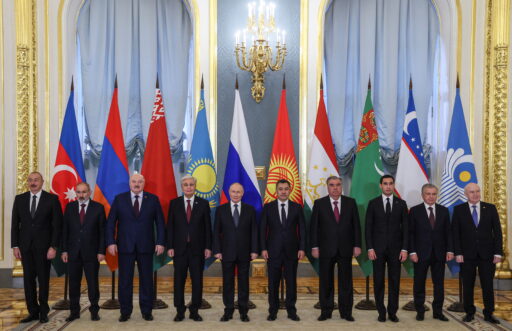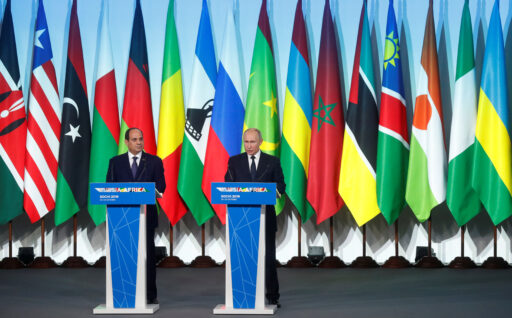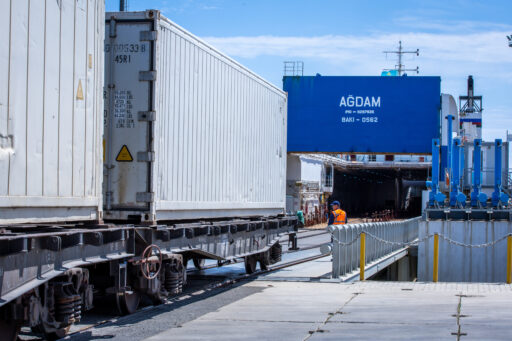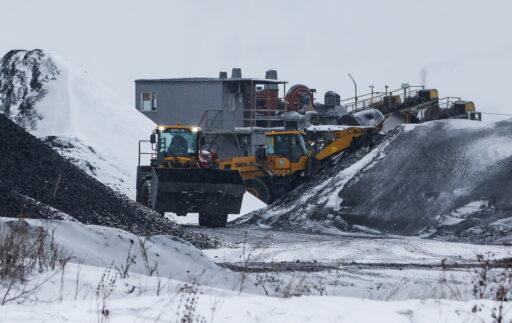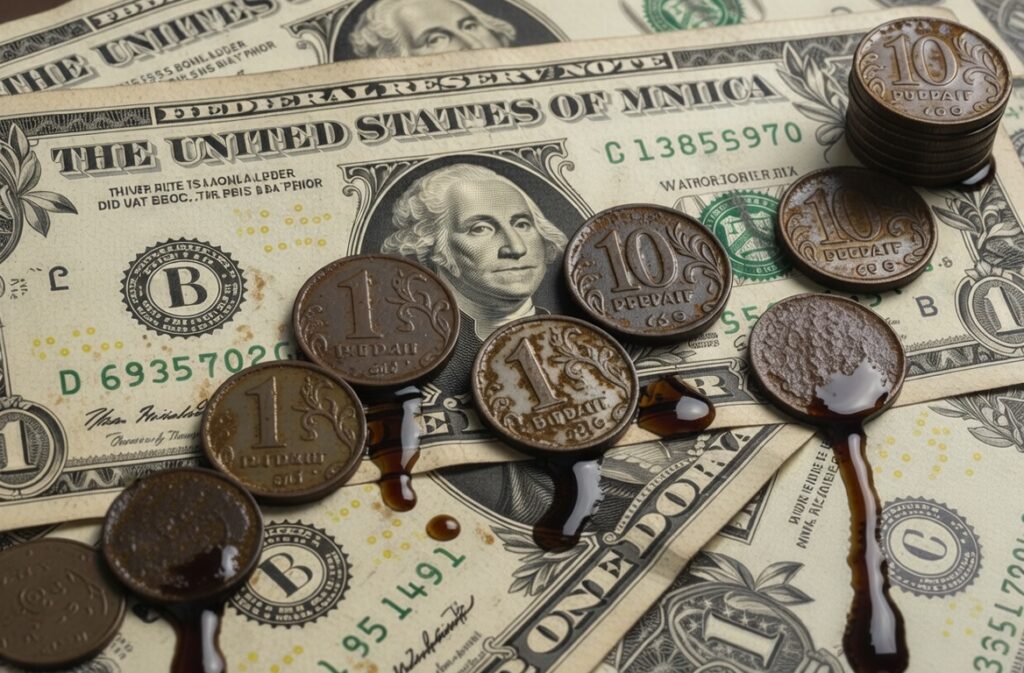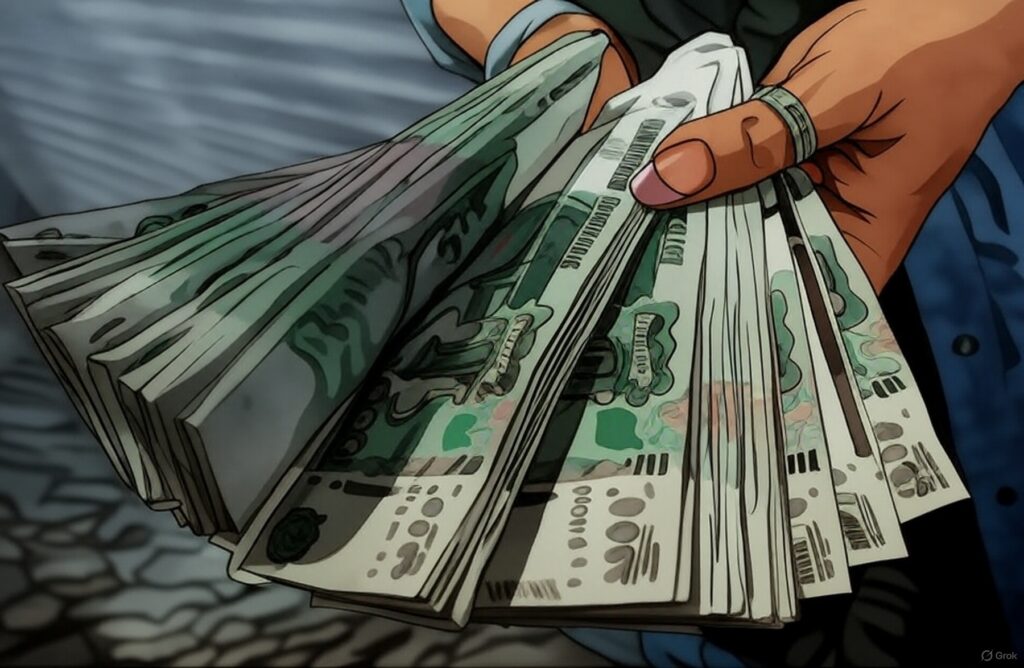Trump’s phone call with Putin is garnering significant attention this week, due in no small part to the continued escalation of Russian strikes on civilians in cities across Ukraine. Behind the ongoing air war, intended to break the Ukrainian public’s will, there is mounting evidence that the «slowdown» needed to correct inflation from the war effort is gaining momentum, with no recourse to halt the civilian economy’s slide into a deep contraction. Investment in commercial real estate is plummeting. In ruble terms, current forecasts estimate annual investment at around 600 billion rubles, less than half of 2024’s total of 1.3 trillion—a 38% decline for the first half of the year. As usual, companies cite the inaccessibility of credit at current interest rates as the primary issue. By itself, this is not an apocalyptic scenario, particularly in a market that has experienced multiple waves of boom-and-bust responses to shocks. However, it fits into a broader pattern that will make this summer crucial in the race between Russia and Ukraine as they attempt to outlast each other.
Light industry serves as a useful reference point for the challenging position policymakers face, given the limited success of Chemezov, Rostec, and the defense industrial lobby in turning civilian production into a meaningful profit stream to underwrite defense orders. Light vehicle sales have dropped 26% so far this year, and production of new vehicles in Russia is down 11%. The strengthening of the ruble has eroded the cost advantage of imports, so the situation is not necessarily as dire as it appears, though the sales decline mirrors the issue with commercial real estate. Today, the constraint may be the high cost of credit for mortgages or auto loans. Tomorrow, it is more likely that real-term declines in spending power and incomes will further depress sales, and eventually production and investment. Rail loadings on RZhD’s Far East network were down 4.9% for the first half of the year, cities are beginning to see declines in housing prices, oil prices are likely to be lower in the second half, and poor harvests have recently turned Russia into a net food importer in financial terms. The situation looks grim enough that Nabiullina has opened the door to a potential rate cut in July.
A shift in industrial policy has emerged as the consumer-driven economy deteriorates, making the situation even starker. Reportedly, import substitution is being replaced with a focus on technological sovereignty, with Denis Manturov overseeing the coordination of this new policy direction. The government’s commission on import substitution now openly acknowledges its inability to achieve more for light industry, instead prioritizing military and technological needs, including what we expect will be further investment in rare earths mining and efforts to expand refining to reduce dependence on Chinese imports. This represents a seismic shift in how Mishustin and the cabinet view the economy. There simply isn’t enough labor or competitive capacity to bolster consumer products further, as the state’s financial resources are increasingly strained. While the Bank of Russia’s international reserves are at a record high, much of this is due to the increased value of gold this year, and the National Wealth Fund (NWF) is running out of liquid cash.
This raises the question of what happens when interest rates eventually fall. Annualized inflation is currently at 9.39%, a lower figure than in the past couple of years, which aligns with various indicators showing consumers are spending less. However, a rate cut from 20% to 18% is unlikely to unleash significant consumer or investment activity. Two conflicting narratives within the consumer «boom» story remain unresolved. On one hand, Bank of Russia data from April shows households holding over 23 trillion rubles in cash and deposits in banks, with total deposits worth over 68 trillion rubles—sums equivalent to roughly 40% of GDP. On the other hand, consumers have increasingly shied away from big-ticket purchases since the end of the mortgage subsidy program, and this decline has accelerated to the point that the housing market is beginning to correct. We are skeptical of the narrative that real wages have climbed significantly for most people; instead, wage growth appears concentrated among middle-class Russians or in deposits across regions most likely to be allocated toward housing or cars. Nevertheless, there is substantial household savings that could boost confidence if rates fall more quickly in the second half of the year.
This poses a significant risk for Nabiullina and inflation, particularly with lower oil prices and a potential reacceleration of demand. Even if not a major driver of demand, this situation underscores why the abandonment of import substitution for light industry is so significant. One could theorize that policymakers expect sanctions relief, making reliance on imports for consumer goods less consequential. That’s a risky bet. The more likely assumption is that it’s simply too costly to pursue amidst competing policy mandates that must maintain some semblance of macroeconomic stability. If consumers regain confidence from lower interest rates, their money will likely flow toward domestic services—a source of inflation that is typically «stickier» than goods or commodities—or toward imports. Some domestic industries may benefit, but the ongoing labor shortage and declining quality of services like healthcare limit the potential upside.
Interest rates typically influence a currency’s value when that currency is freely convertible and not subject to significant capital controls. Higher rates generally strengthen a currency by making deposits or assets with higher yields more attractive, and vice versa. However, this dynamic no longer applies in Russia due to sanctions and the government’s mandate to convert foreign currency earnings into rubles. In the past, a weaker ruble would have been inflationary and prompted higher rates. Now, it will not. Nevertheless, the ruble is likely to weaken if oil prices remain at current levels or decline further and consumption increases.
This is a long-winded way of saying that achieving structural, durable stability for consumers is impossible without making them poorer, given the role of energy exports in protecting the ruble from the lows seen in the first weeks of financial sanctions in 2022. It is important to understand the balance between the scale of savings and the composition of who holds those savings. As the consumer economy weakens, job losses will eventually rise, and inequality driven by the wartime economy will become more apparent. This process will take time.
Meanwhile, businesses face uncertainty. The government is currently scaling back tax preferences for investments in special economic zones, development clusters, and other incentives used to de-risk private-sector investment. Most notably, this includes reductions in preferences for manufacturing investment and equipment purchases. This reflects clear pressure to reclaim funds for the budget. If the government rethinks its approach to inducing capital investments, the Bank of Russia will face even greater pressure to cut rates. The confusion—and, at times, absurdity—of the current policy environment is perhaps best illustrated by the Duma’s mid-June passage of a law requiring all businesses to replace foreign words in their advertisements and within their stores by March 1, 2026.
We will gain more insight after Nabiullina’s next press conference regarding where the chips may fall, but we should not hold our breath waiting for clarity on an economic plan. The summer offensive and significant escalation in air attacks on Ukrainian cities in recent weeks demonstrate a collective loss of confidence in the government’s ability to juggle multiple mandates simultaneously. Perhaps that message has finally reached the Presidential Administration and Putin.


